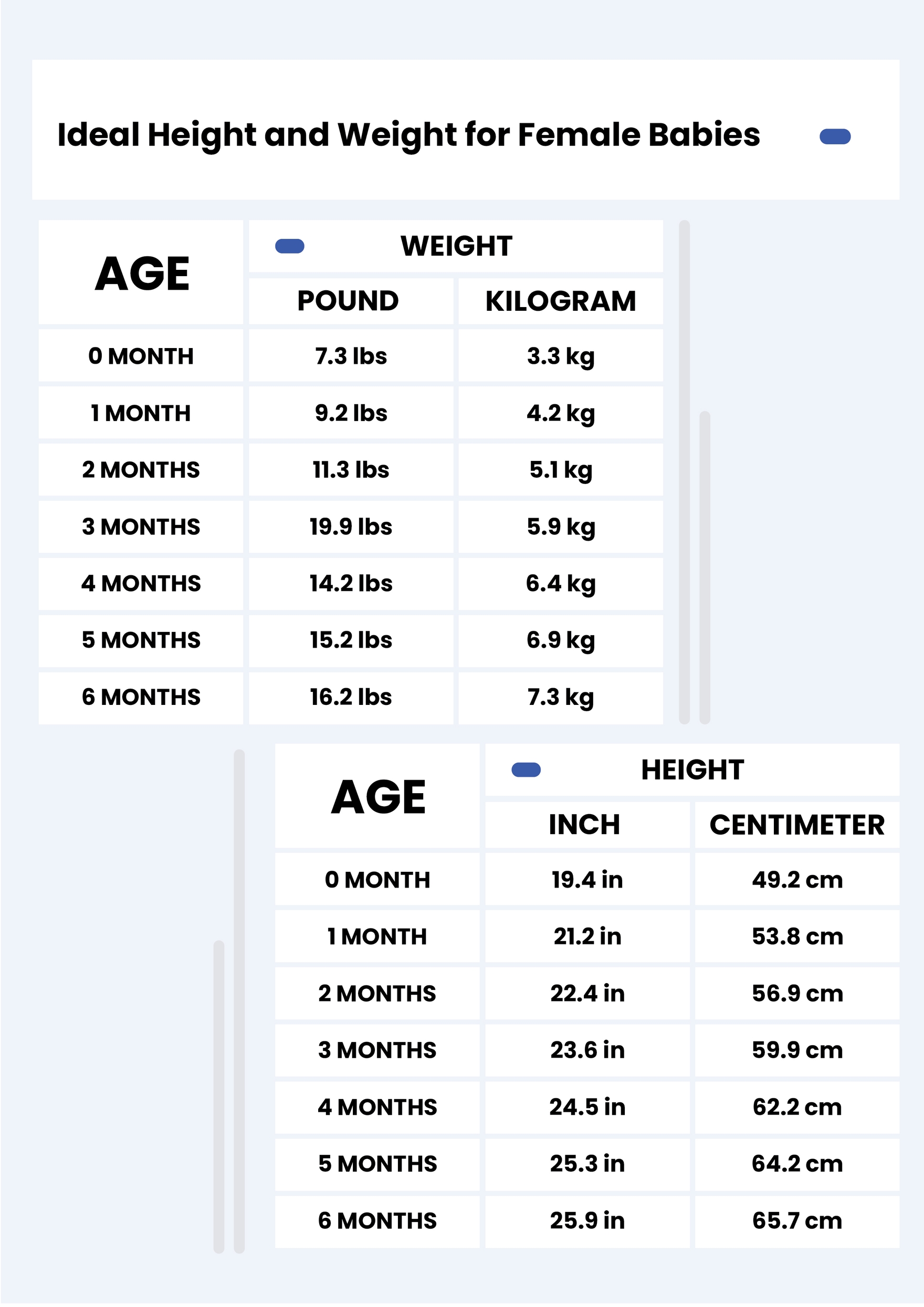Unveiling What 153 Height Means: Your Comprehensive Guide To Stature
Have you ever found yourself wondering, "What does 153 height means?" Perhaps you've encountered this measurement in a context that uses the metric system, and you're more familiar with feet and inches. Or maybe you're simply curious about how this specific height stacks up against global averages or within different cultural perceptions. Understanding height, especially when presented in different units, can sometimes feel like deciphering a secret code.
This article aims to unravel the mystery behind 153 centimeters, providing you with a thorough breakdown of its conversion into imperial units, its significance in terms of height percentiles, and a broader discussion on the importance of understanding height measurements in today's interconnected world. We'll explore the practical applications of these conversions and touch upon the often-subjective nature of height perception, ensuring you gain a complete and nuanced understanding of what 153 cm truly represents.
Table of Contents
- Demystifying "153 Height Means": Understanding Your Stature
- The Metric-to-Imperial Conundrum: What is 153 cm in Feet and Inches?
- The Art of Conversion: How to Calculate Height Manually
- Global Perspectives on Height Measurement: Centimeters vs. Feet and Inches
- Decoding Height Percentiles: Where Does 153 cm Stand?
- Beyond the Numbers: The Subjective Nature of Height and Perception
- Why Does Understanding "153 Height Means" Matter? Practical Applications
- Embracing Your Stature: Health, Confidence, and Well-being
Demystifying "153 Height Means": Understanding Your Stature
When we talk about height, it's more than just a number; it's a fundamental aspect of our physical identity, influencing everything from how we interact with our environment to how we perceive ourselves and how others perceive us. The measurement 153 centimeters is a precise figure within the metric system, a system used by the vast majority of countries worldwide for daily measurements, including human height. For those accustomed to the imperial system, predominantly used in the United States, Liberia, and Myanmar, this number might not immediately convey a clear visual representation of stature. This initial disconnect is precisely why understanding "153 height means" is so important for clear communication and comprehension across different measurement cultures.
- Ipcam Guys Telegram
- 0073 Country Code
- Morgan Fille Lsu
- Janelle Kline Kare 11
- Why Is Israel And Iran Fighting
Beyond simple conversion, delving into what 153 cm represents involves exploring its context within population statistics, its implications for everyday life, and even its role in personal well-being. Whether you're comparing your height to a friend's, trying to understand clothing sizes from an international retailer, or simply curious about where you stand on a global scale, having a solid grasp of this measurement and its equivalents is incredibly useful. This section sets the stage for a deeper dive into the specifics, ensuring that by the end of this article, the phrase "153 height means" will hold a clear and comprehensive meaning for you.
The Metric-to-Imperial Conundrum: What is 153 cm in Feet and Inches?
One of the most common questions when encountering a height in centimeters is, "How tall is 153 cm in feet and inches?" This conversion is crucial for bridging the gap between the two predominant measurement systems. The imperial system, with its feet and inches, often feels more intuitive to those raised within it, while the metric system, based on multiples of ten, offers a streamlined approach to measurement. To truly grasp what 153 height means, we must first master this fundamental conversion.
The Exact Breakdown: 153 cm in Feet and Inches
Let's get straight to the numbers. Converting 153 centimeters to feet and inches yields a precise figure. One foot equals 12 inches exactly, and one inch is equivalent to 2.54 centimeters. Using these standard conversion factors, we can calculate:
- Mitchell Hope Sexuality
- How Much Is 100 Gallons Of Water
- Jav Actress
- Usain Bolts Real Name
- Kaylee Kollion
- 153 cm is equal to approximately 5 feet and 0.24 inches.
- This can also be expressed as 5' 0.24", 5 ft 0.24 in, or 5 feet 0.24 inches.
- If you're looking for the height in feet only, 153 cm equals approximately 5.02 feet.
- In inches only, 153 cm is approximately 60.23 inches.
These figures are derived from precise calculations, ensuring accuracy. For instance, to get 60.23 inches, you divide 153 cm by 2.54 cm/inch. Then, to find the feet and remaining inches, you divide 60.23 inches by 12 inches/foot (60.23 / 12 = 5 with a remainder of 0.23). This detailed conversion is the cornerstone of understanding what 153 height means in a familiar context for many.
Beyond Feet and Inches: 153 cm in Meters, Yards, and Miles
While feet and inches are the primary imperial conversion for height, it's also useful to know how 153 cm translates into other units of length, especially within the metric system itself, and for broader comparisons. This further clarifies what 153 height means in a wider scope of measurement.
- In Meters: Since 1 meter equals 100 centimeters, 153 cm is simply 1.53 meters. This is a straightforward conversion within the metric system.
- In Yards: For those curious about longer distances, 153 cm converts to approximately 1.67 yards. (Given 1 yard = 0.9144 meters, or approximately 3 feet).
- In Miles: While less relevant for human height, for completeness, 153 cm is a minuscule fraction of a mile, approximately 0.00095 miles. This highlights the vast difference in scale between personal height and geographical distances.
These conversions illustrate the versatility of the metric system and how easily measurements can be scaled up or down. Understanding these different representations provides a holistic view of what 153 height means across various units of measurement, making it easier to conceptualize its actual length.
The Art of Conversion: How to Calculate Height Manually
While online calculators make conversions instantaneous, understanding the underlying math empowers you and deepens your grasp of what 153 height means. Knowing how to manually convert centimeters to feet and inches is a valuable skill, especially when precision is key or when you don't have immediate access to a digital tool. The process is logical and involves a couple of simple steps.
Step-by-Step: Converting Centimeters to Inches
The first step in converting centimeters to feet and inches is to convert the total centimeters into inches. This is because inches are the common bridge between the metric (centimeters) and imperial (feet and inches) systems. The key conversion factor here is that there are exactly 2.54 centimeters in one inch.
- Identify your height in centimeters: In our case, it's 153 cm.
- Divide the centimeters by 2.54: This will give you the total height in inches.
Calculation: 153 cm ÷ 2.54 cm/inch = 60.23622 inches.
For practical purposes, we can round this to 60.24 inches.
This initial conversion gives you a single number representing the entire height in inches, which is much easier to work with for the next step. This is a foundational step to truly understand what 153 height means in a granular way.
From Inches to Feet and the Remaining Inches
Once you have the total height in inches, the next step is to convert this into the more commonly used feet and inches format. Remember, one foot contains 12 inches.
- Divide the total inches by 12: The whole number result will be the number of feet.
Calculation: 60.23622 inches ÷ 12 inches/foot = 5 with a remainder. - Calculate the remainder: Multiply the decimal part of the result from step 1 by 12 to find the remaining inches.
Calculation: 5 feet is 5 x 12 = 60 inches.
Subtract this from the total inches: 60.23622 inches - 60 inches = 0.23622 inches.
Rounding this, we get approximately 0.24 inches. - Combine the results: So, 153 cm is equal to 5 feet and 0.24 inches.
This methodical approach ensures accuracy and provides a clear understanding of the conversion process. Whether you're using a calculator or doing it by hand, these steps are fundamental to interpreting what 153 height means in the imperial system.
Global Perspectives on Height Measurement: Centimeters vs. Feet and Inches
The coexistence of the metric and imperial systems for height measurement is a fascinating aspect of global diversity. While the metric system (centimeters and meters) is the international standard adopted by most countries for scientific, industrial, and everyday use, the imperial system (feet and inches) retains its stronghold in a few significant nations, most notably the United States. This dual system necessitates understanding conversions like "153 height means" to facilitate communication and comparison across borders.
In countries like Canada and the United Kingdom, where metrication has been largely implemented, you'll find a blend of both systems in daily life, though official measurements tend to be metric. For instance, a person might state their height in feet and inches but buy milk in liters. In contrast, in many parts of Asia, Europe, Africa, and South America, height is almost exclusively discussed and recorded in centimeters. This global disparity underscores the importance of conversion tools and knowledge. When you encounter a height given as 153 cm, knowing its equivalent in feet and inches immediately places it into a familiar context, bridging cultural and measurement divides. This global perspective is vital for fully appreciating what 153 height means in a broader sense.
Decoding Height Percentiles: Where Does 153 cm Stand?
Beyond the raw numbers, understanding what 153 height means often involves placing it within the context of a population. This is where height percentiles come into play. A percentile indicates the percentage of people in a given population who are shorter than a particular height. For example, if someone is in the 75th percentile for height, it means they are taller than 75% of the people in their demographic group. Percentiles are crucial for understanding whether a height is considered "tall," "average," or "short" relative to a specific population.
It's important to note that height percentiles vary significantly based on factors like age, gender, and ethnicity. A height that is average for a female in one country might be considered short for a male in another. Therefore, when discussing what 153 height means in terms of percentile, it's essential to specify the demographic group being referenced. Without this context, a percentile can be misleading.
Understanding Height Percentiles in the US Context
Let's consider the United States as a common reference point for height statistics. According to data from the Centers for Disease Control and Prevention (CDC), the average height for adult males in the U.S. is approximately 175.3 cm (5 feet 9 inches), and for adult females, it's about 161.8 cm (5 feet 3.7 inches). When we compare 153 cm (5 feet 0.24 inches) to these averages, we can draw some conclusions about what 153 height means in this specific demographic:
- For Females in the US: At 153 cm, an adult female would be shorter than the average (161.8 cm). While not exceptionally rare, this height would typically fall into the lower percentiles for adult women in the U.S., often considered "short." For instance, it might place a woman around the 10th-15th percentile, meaning she is taller than only 10-15% of adult women in the US.
- For Males in the US: For an adult male, 153 cm is significantly shorter than the average (175.3 cm). This height would place an adult male in a very low percentile, likely below the 1st or 2nd percentile, meaning he is taller than less than 1-2% of adult men in the US. In this context, 153 height means a male is considered "very short."
It's crucial to remember that these are statistical averages and percentiles for specific populations. Global averages and percentiles in other countries, particularly those with different genetic predispositions or nutritional histories, could paint a different picture. For example, in some Asian or South American populations, 153 cm might be closer to average for females, or even for males in certain historical contexts. This highlights that "short," "average," or "tall" are relative terms, and what 153 height means is deeply tied to the comparative group.
Beyond the Numbers: The Subjective Nature of Height and Perception
While the conversion of 153 cm to 5 feet 0.24 inches provides an objective measurement, the perception of what 153 height means is often subjective and culturally influenced. In many societies, there's a prevailing idealization of height, particularly for men, where being taller is often associated with leadership, attractiveness, and success. For women, while there might be a preference for being "average" or slightly above, extremes can also lead to societal judgments.
Someone who is 153 cm tall might encounter different social experiences depending on their gender and the cultural context they live in. They might face challenges in reaching high shelves, finding clothes that fit well, or even in certain professional fields where height is perceived as an advantage (e.g., modeling, certain sports). However, it's equally important to recognize that height is just one characteristic among many that define an individual. Focusing too much on what 153 height means in terms of societal ideals can overshadow personal strengths, talents, and character, which are far more significant.
Embracing one's height, regardless of where it falls on the percentile chart, is a crucial aspect of self-acceptance and confidence. The subjective perception of height often tells us more about societal biases than about the individual's worth or capabilities. This broader perspective moves beyond mere numbers to consider the human experience of what 153 height means.
Why Does Understanding "153 Height Means" Matter? Practical Applications
Beyond simple curiosity, having a clear understanding of what 153 height means, and how to convert it, has several practical applications in daily life and across various fields. In an increasingly globalized world, encountering different units of measurement is commonplace, and being able to interpret them accurately can save time, prevent errors, and enhance comprehension.
- International Travel and Documentation: When filling out forms or discussing personal details in countries that use the metric system, knowing your height in centimeters (like 153 cm) is essential. Conversely, when returning to a country using imperial units, converting it back to feet and inches ensures consistency.
- Online Shopping and Sizing: Many international clothing brands, particularly those based in Europe or Asia, list sizes based on height in centimeters. Understanding what 153 height means in feet and inches can help you choose the correct size for apparel, ensuring a better fit.
- Medical Records and Health Assessments: In healthcare settings, height is a vital measurement for calculating BMI, assessing growth in children, and determining dosages for certain medications. While some countries use imperial units, many medical systems globally operate in metric. Knowing both allows for seamless understanding of your health data.
- Sports and Fitness: Athletes or coaches working across different countries might encounter height requirements or statistics presented in various units. Converting 153 cm to its imperial equivalent helps in comparing athletes or understanding specific sport criteria.
- Construction and DIY Projects: While less about personal height, understanding metric-to-imperial conversions is fundamental in fields where materials or plans might be specified in different units. This general conversion literacy stems from the same principles applied to height.
- Data Comparison and Research: For researchers, students, or anyone analyzing global demographic data, the ability to convert heights between systems is critical for accurate comparisons and conclusions.
In essence, the practical utility of understanding what 153 height means extends far beyond personal identification. It's a fundamental aspect of navigating a world that operates on different measurement standards, fostering clarity and efficiency in various professional and personal contexts.
- Transaction Support
- Elon Musk Baby Fur
- Joyce My 600 Lb Life Now
- Leonardo Dicaprio Water Gun
- Jadeteen And Baby Alien Leak

List of Famous people whose height is 153 cm - FMSPPL.com

Celebrities Height

Human Height Conversion Table - Infoupdate.org